|
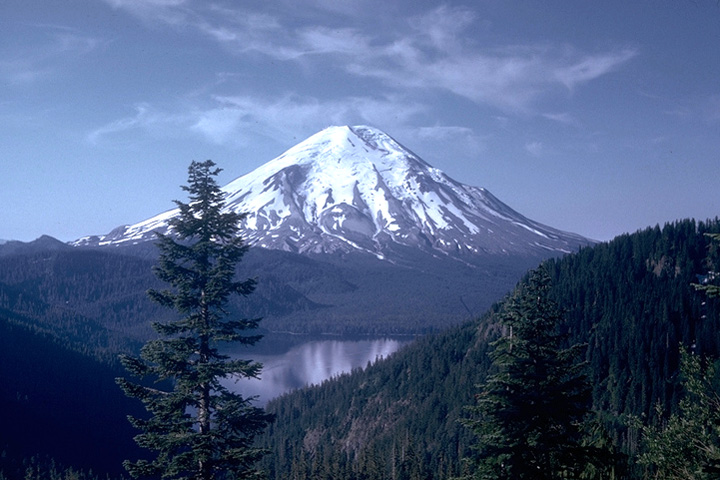
Whenever there is a major volcanic eruption in the world, you'll see a slew of newspaper articles and nightly news stories covering the catastrophe, all stressing a familiar set of words -- violent, raging, awesome. When faced with a spewing volcano, people today share many of the same feelings volcano-observers have had throughout human history: We are in awe of the destructive power of nature, and we are unsettled by the thought that a peaceful mountain can suddenly become an unstoppable destructive force!
|
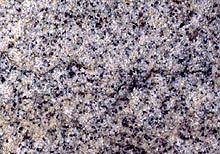
Granite is primarily composed of quartz and feldspar. Quartz is very resistant to chemical weathering. Feldspar weathers easily into clay minerals. Thus mountains made of granite weather into sand grains made of quartz and clays. Sand grains are heavier than clays, and clays thus tend to get carried further by water before they sink to the bottom. Thus the edges of continents tend to get accumulations of sand, while areas offshore tend to get accumulations of mud. All through this process, animals that build their skeletons of calcium carbonate die and add their shells to the sediment, but only very far from the source areas of the sand and clay can deposits made up just of animal skeletons form. Such deposits made mostly from calcium carbonate form limestones. Sand is proximal (close to source), clay is distal (far from source), and carbonates (limestones) are so far from the source that not much clay ever gets there. Sedimentary rocks tend to form a gradient of grain size and composition.
|
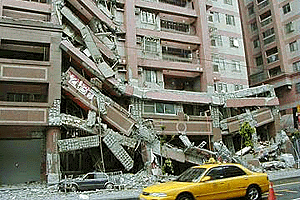
Earthquake hazards, students examine earthquake data to locate the largest and most damaging earthquakes. They explore trends in deadly earthquakes throughout history. Students learn about factors that affect earthquake destruction,and they learn about recurrence intervals and how to use them to predict future risks. Finally, they examine the relationship between population, national wealth, and seismic risk.
|
|
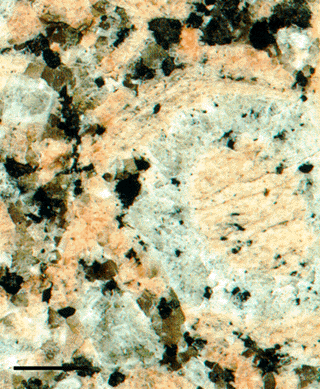
Igneous rocks are crystalline or glassy rocks formed by the cooling and solidification of molten magma. Igneous rocks comprise one of the three principal classes of rocks, the others being metamorphic and sedimentary
|
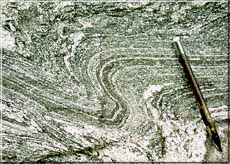
Metamorphic rocks started out as some other type of rock, but have been substantially changed from their original igneous, sedimentary, or earlier metamorphic form. Metamorphic rocks form when rocks are subjected to high heat, high pressure, hot, mineral-rich fluids or, more commonly, some combination of these factors. Conditions like these are found deep within the Earth or where tectonic plates meet.
|
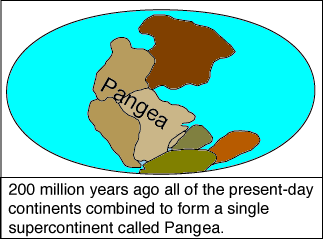
If you look at a map, Africa seems to snuggle nicely into the east coast of South America and the Caribbean sea. In 1912 a German Scientist called Alfred Wegener proposed that these two continents were once joined together then somehow drifted apart. He proposed that all the continents were once stuck together as one big land mass called Pangea. He believed that Pangea was intact until about 200 million years ago
|

